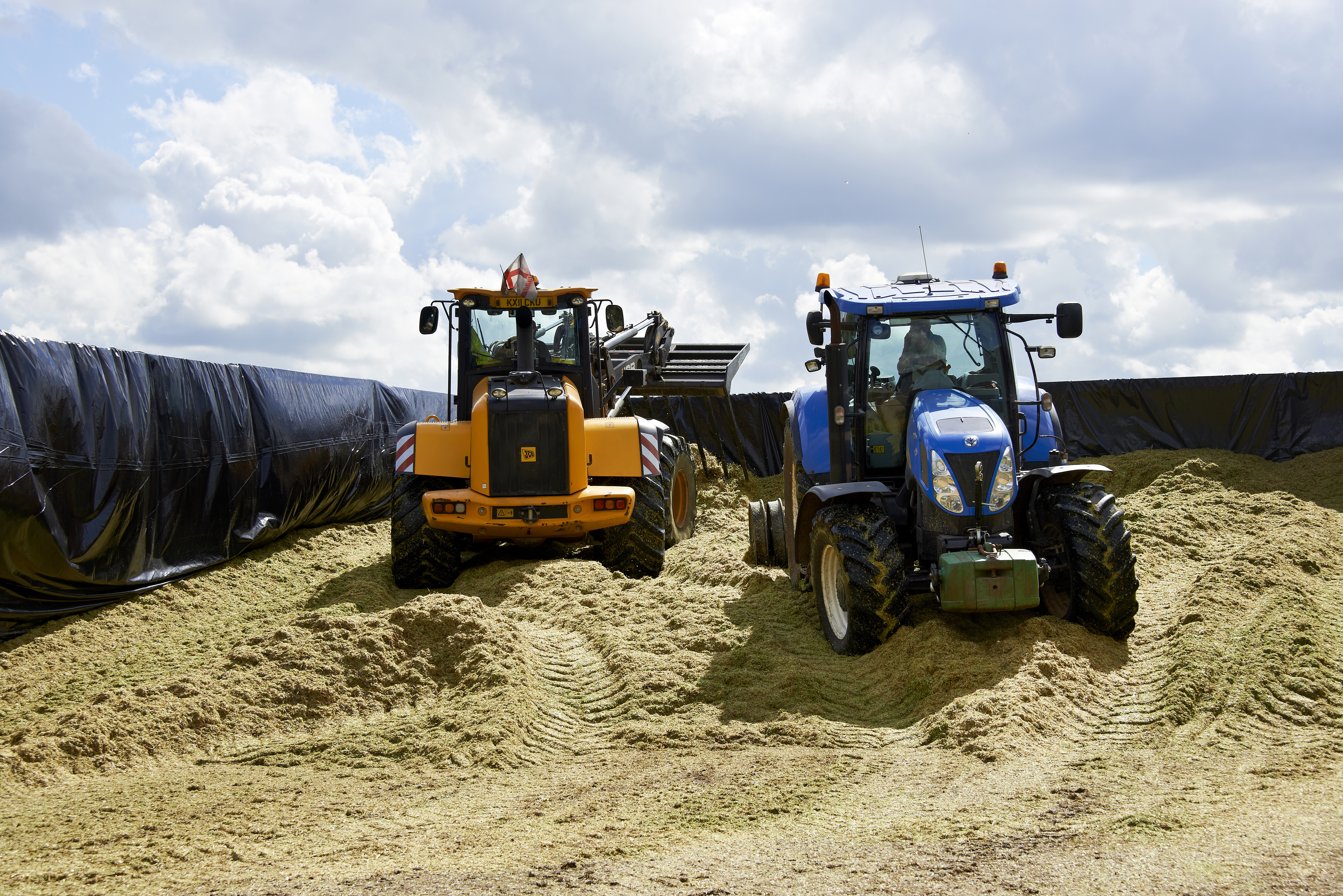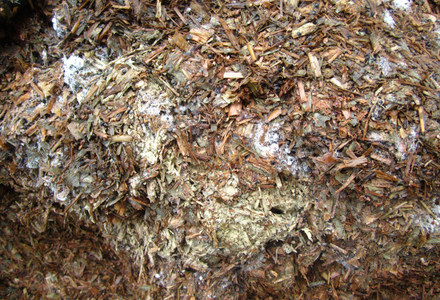What happens when silage ferments well?
Obtaining a fast, efficient fermentation is critical to the success of the ensiling process. In silage fermentations dominated by homofermentative lactic acid bacteria, crop sugars are rapidly converted, mainly to lactic acid. This is the strongest acid produced during a silage fermentation so produces the fastest pH fall, from about pH 6 in the fresh forage to around pH 3.8-4.5 (depending on the crop and DM) in the final silage, as well as the lowest fermentation losses. In less efficient fermentations some of the lactic acid is replaced by the weaker acetic acid and/or neutral ethanol which results in a slower pH fall.
 A rapid pH fall reduces protein breakdown and reduces the activities of undesirable bacteria, minimising the production of highly undesirable products such as butyric acid and ammonia which would reduce silage palatability. The lactic acid bacteria in inoculant additives aimed at helping with the initial fermentation are homofermentative.
A rapid pH fall reduces protein breakdown and reduces the activities of undesirable bacteria, minimising the production of highly undesirable products such as butyric acid and ammonia which would reduce silage palatability. The lactic acid bacteria in inoculant additives aimed at helping with the initial fermentation are homofermentative.
A high proportion of lactic acid in the total acids and a low level of ammonia are both indicators of good fermentation.

